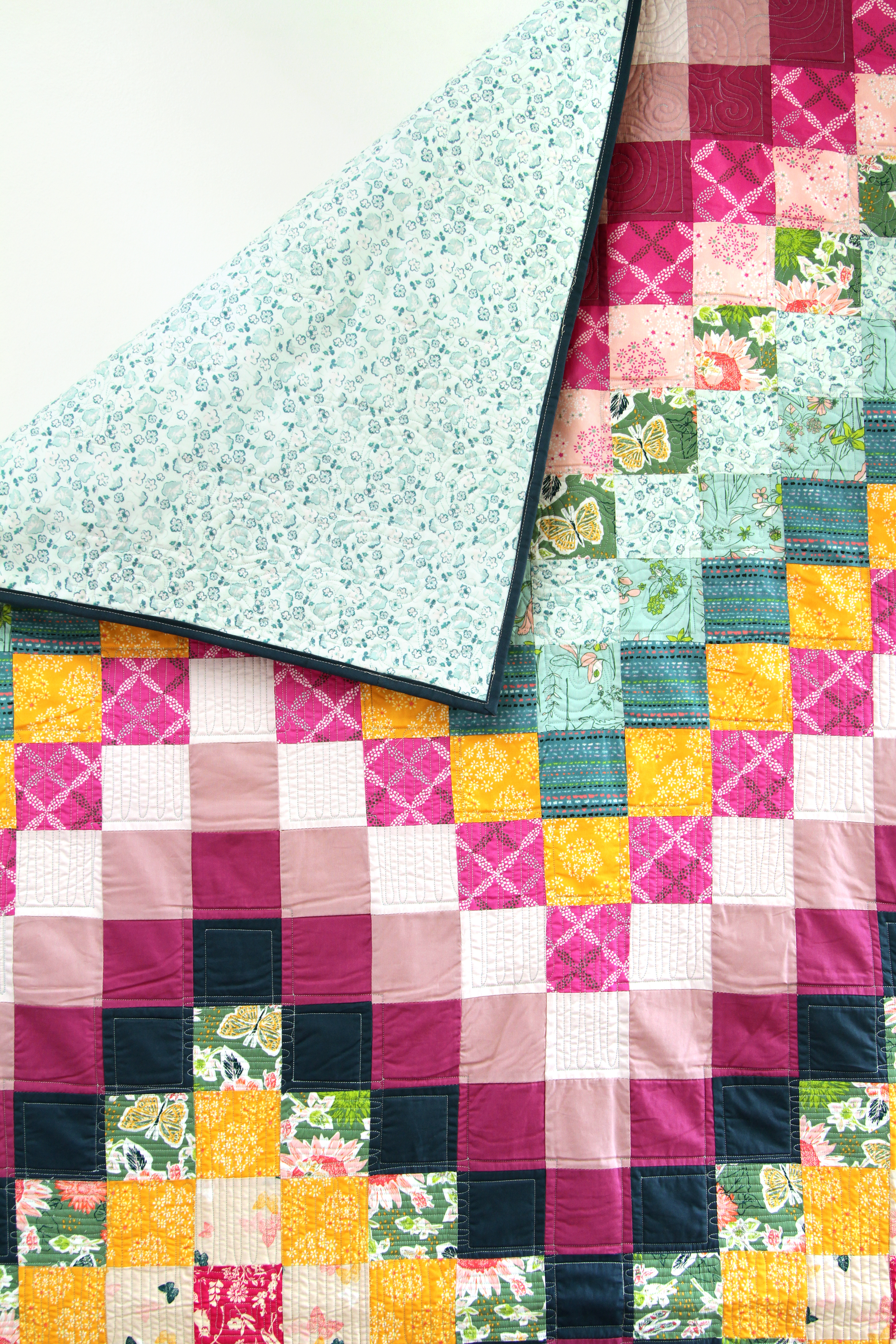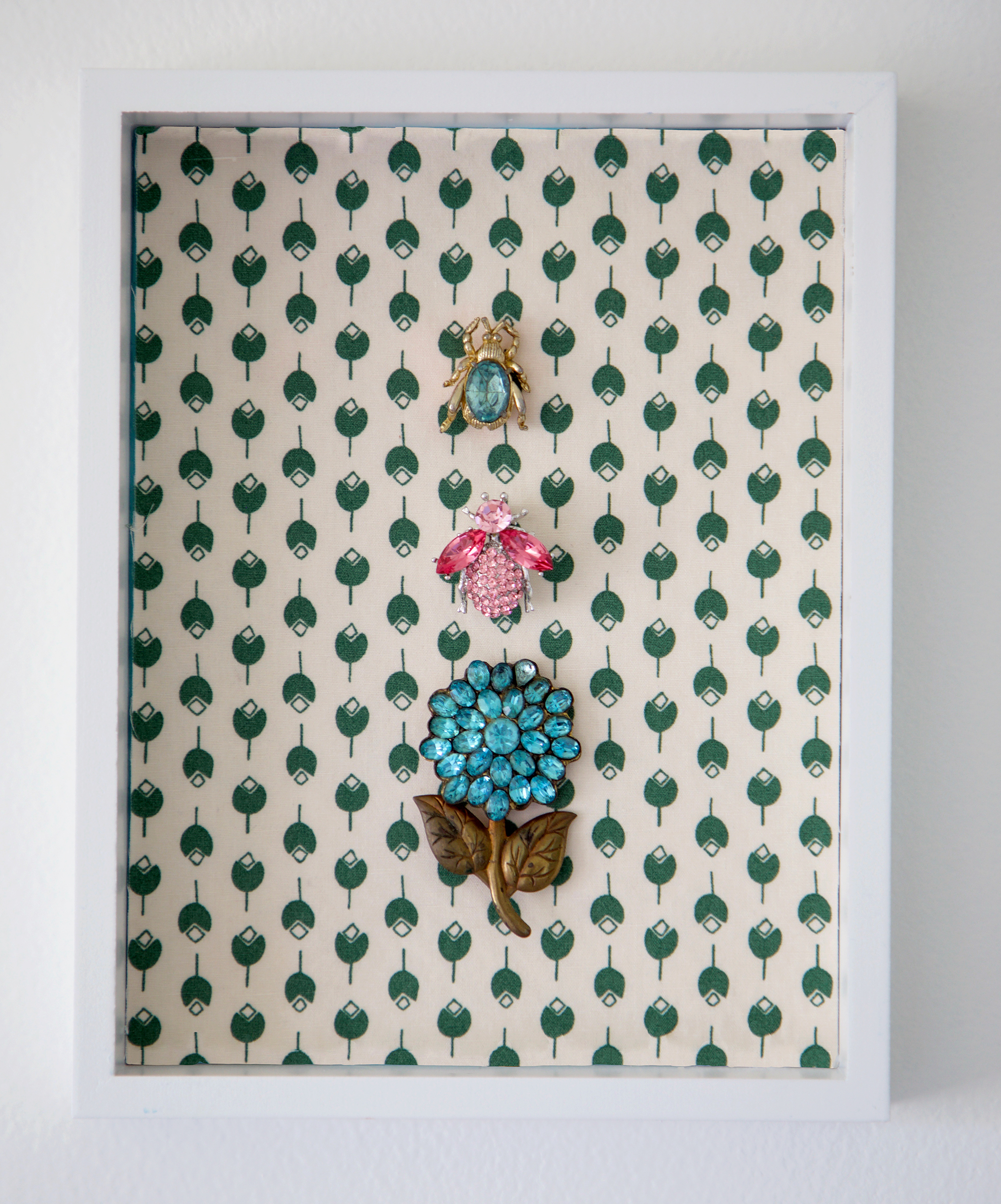Signature Look Book
It's such an exciting day when Art Gallery Fabrics publishes the Look Book for a fabric collection and even more exciting when it's my Signature fabrics!
Signature fabrics can be found at your local quilt shop (or if not, be sure to ask for them to be stocked!) and online fabric shops like the ones listed on my Fabrics page.
Find sewing inspiration within the 68-page Signature Look Book filled with beautifully curated projects and images.
Floral summer dresses for that comfortable yet always put together look are a fashion must this year!
Discover cute bag and tote ideas and show off your Signature style!
Let's not forget the quilts! Download the free Sunflower quilt I designed for this collection or the gorgeous Spontaneous quilt designed by AGF Studio.
I've been wanting to sew a second sampler with my Signature fabrics ever since my pretty bolts arrived and have come up with an idea for a low-pressure, summer to fall sew along that will be as fun for me as it will be for you.
Starting this Friday for 17 weeks, I will host the My Signature Sampler sew along. Every Friday will be show and tell of a block plus the weekly giveaway all in one post. More details this Friday June, 22nd. If you want to get a jump on the Instagram hashtag pool, share the above sew along graphic along with the #mysignaturesampler hashtag. Follow me on Instagram @sharonhollanddesigns for inspiration and IG giveaway information.
For a chance to win a bundle of Signature fabrics, visit the AGF Blog and enter to win!










































